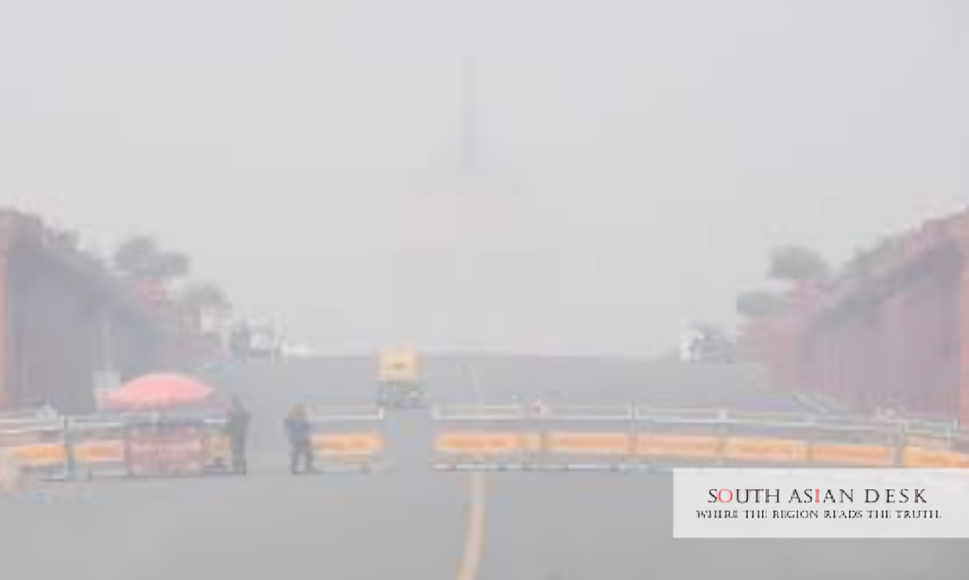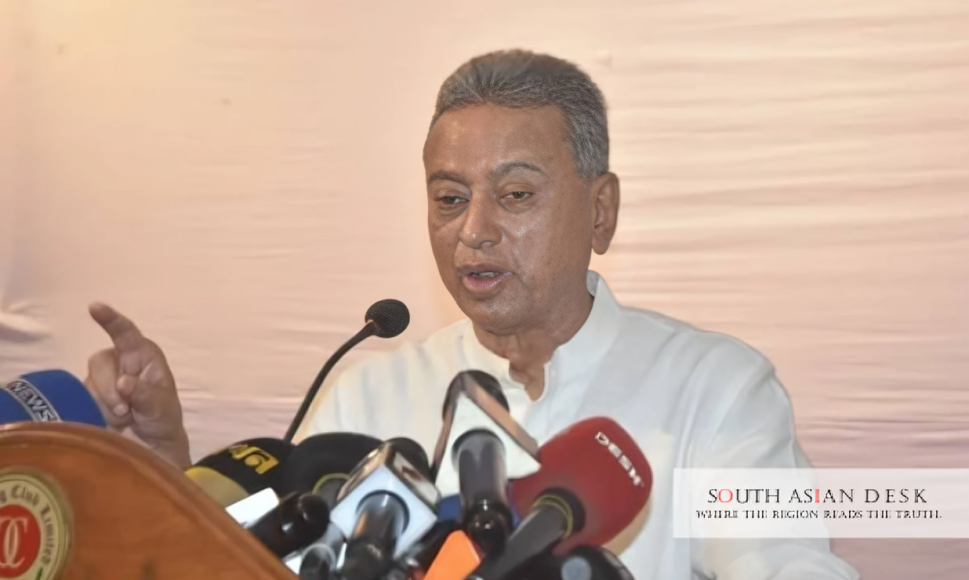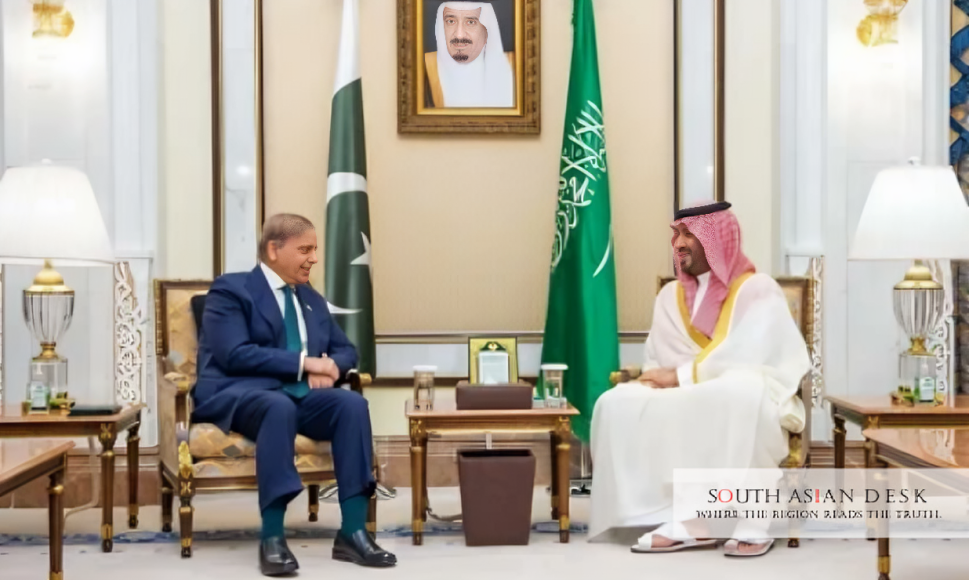Delhi air quality hits to hazardous levels on Sunday, October 26, 2025, with the Air Quality Index (AQI) reaching 430 in key areas, triggered by post-Diwali firecrackers and stagnant winds, as per Central Pollution Control Board (CPCB) data reported.
This plunge in Delhi air quality underscores a recurring crisis that extends beyond India’s borders, exacerbating respiratory illnesses and economic strains in South Asia’s densely populated urban corridors. With over 20 million residents exposed to fine particulate matter exceeding safe limits by tenfold, the episode highlights the interconnected pollution challenges from seasonal festivals to transboundary smog flows, demanding coordinated regional action to safeguard public health and livelihoods.
Delhi Air Quality Hits Hazardous Post-Diwali: Key Readings and Health Alerts
Delhi’s air quality shifted from poor to very poor overnight, with CPCB monitoring stations recording an overall AQI of 320 by midday Sunday. This marks a sharp reversal from Friday’s 275 and Saturday’s 292, both in the poor category. The hazardous spike, defined by CPCB as AQI above 400, hit hardest in industrial and high-traffic zones.
Anand Vihar topped the list at 430, followed by Wazirpur at 403, both classified as severe. Out of 39 stations tracked by CPCB and the Delhi Pollution Control Committee (DPCC), 26 reported very poor conditions (AQI 301-400), seven poor (201-300), and only two moderate (101-200). Najafgarh registered the lowest at 164, while Sri Aurobindo Marg stood at 176.
Post-Diwali firecrackers remain the primary culprit, despite restrictions on non-green variants. CPCB data shows PM2.5 levels surging from 150 micrograms per cubic metre on October 20 evening to nearly 650 by midnight, aligning with festival emissions. Stubble burning in neighbouring states contributed marginally, down 77% in Punjab and Haryana per official reports, yet insufficient to offset the festive pollution load.
Health experts warn of immediate risks. Acute exposure to these levels inflames airways, triggering coughs, chest tightness, and aggravated asthma or chronic obstructive pulmonary disease (COPD). Vulnerable groups, children, the elderly, and those with pre-existing heart or lung conditions face heightened dangers, including reduced lung function and cardiovascular strain.
Delhi Smog Worsens: Regional Ripples to Lahore
The Delhi air quality crisis ripples into Pakistan, where Lahore grapples with parallel smog intensification. On Sunday, Lahore’s AQI hit 412, crowning it the world’s most polluted city per IQAir indices, just ahead of Delhi’s 320 average. This cross-border haze stems partly from Delhi’s Diwali emissions drifting northwest, compounded by Lahore’s own vehicular exhaust and brick kiln emissions.
Pakistan’s Punjab government issued alerts, attributing a 20% rise in hospital admissions for respiratory issues to the influx. Lahore trailed Delhi as the second-most polluted globally on October 21, with AQI at 234 versus Delhi’s 350, per CPCB and Punjab Environmental Protection Agency (EPA) data. Officials in both nations note wind patterns carrying particulates over the 500-kilometre divide, underscoring South Asia’s shared atmospheric vulnerability.
In Delhi, authorities activated emergency measures under the Graded Response Action Plan (GRAP). Stage I protocols ban coal-based industries and limit construction dust, while water sprinklers and anti-smog guns deploy across hotspots. The Commission for Air Quality Management (CAQM) reported 38 of 39 stations exceeding moderate thresholds, prompting school advisories for indoor activities.
Forecasts from the India Meteorological Department (IMD) predict light northeasterly winds at 5-10 km/h, trapping pollutants through mid-week. Without rain unlikely until November. Delhi AQI hazardous post-Diwali conditions could persist, pushing averages above 300 for days.
Official Data Breakdown: CPCB vs DPCC Insights
CPCB’s real-time dashboard, updated hourly, reveals granular trends:
| Station | AQI | Category | Dominant Pollutant |
| Anand Vihar | 430 | Severe | PM2.5 |
| Wazirpur | 403 | Severe | PM10 |
| ITO | 329 | Very Poor | PM2.5 |
| Lodhi Road | 290 | Poor | NO2 |
| Najafgarh | 164 | Moderate | PM2.5 |
DPCC corroborates these, noting a 15% hourly uptick in nitrogen dioxide from traffic. Year-on-year, 2025’s post-Diwali peak exceeds 2024’s 488 micrograms per cubic metre PM2.5 mean, the highest in five years per CPCB archives.
Government statements emphasise enforcement. Environment Minister Bhupender Yadav, in a October 22 press release, stated: “We enforced green cracker norms rigorously, yet community compliance remains key to curbing Delhi air quality decline.” The Ministry of Environment, Forest and Climate Change (MoEFCC) allocated INR 100 million (USD 1.2 million) for enhanced monitoring this season.
Background: Recurring Winter Woes in South Asia
Delhi’s smog season, from October to February, stems from a toxic cocktail: 30% vehicular emissions, 20% industrial, 15% dust, and seasonal spikes from festivals and farm residue. Diwali 2025 saw over 500 violations reported by Delhi Police, despite Supreme Court bans on barium nitrate crackers.
Regionally, Lahore mirrors this cycle, with winter inversions amplifying pollutants. Pakistan EPA data shows a 212% PM2.5 jump post-Diwali, mirroring Delhi’s trajectory. Transboundary flows, studied under the South Asian Association for Regional Cooperation (SAARC) framework, reveal 10-15% of Lahore’s haze originates from India, per 2024 joint modelling. Economic toll mounts: Delhi loses INR 5,000 million (USD 60 million) annually to pollution-related productivity dips, per World Bank estimates. In Lahore, school closures cost PKR 500 million (USD 1.8 million) last winter.
What’s Next: Mitigation and Regional Pacts
Authorities eye GRAP Stage II if AQI breaches 400 citywide, imposing diesel generator curbs and odd-even vehicle rationing. IMD forecasts a slight dip to 280 by Tuesday, but experts urge mask mandates and HEPA filters indoors. South Asia’s leaders discuss bilateral air pacts at the November COP30 sidelines, building on 2023 India-Pakistan smog-sharing protocols. Until then, Delhi air quality remains a barometer for regional resolve.
In conclusion, Delhi air quality demands urgent, collective intervention to avert health epidemics and economic drags across borders.
Published in SouthAsianDesk, October 26th, 2025
Follow SouthAsianDesk on X, Instagram, and Facebook for insights on business and current affairs from across South Asia.






